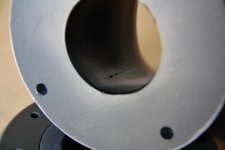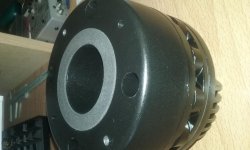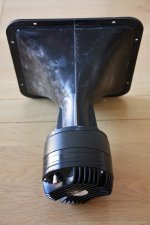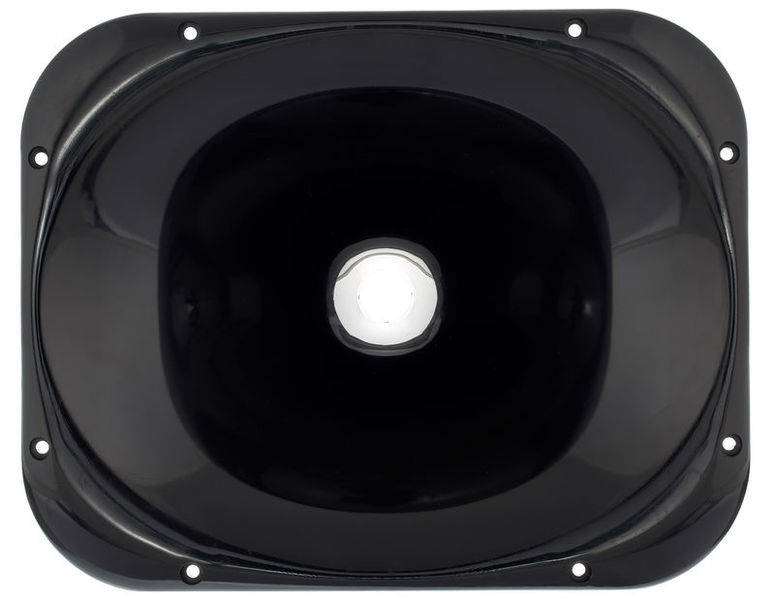Ro808, also regarding the Strauss that uses the 2380a, do you know anything about the filters used? I know it is passive but maybe you know a little more about it?
yes jbl 2380a @ 500Hz passive crossover seems really strange to me
Website says 400hz.
The 2380 is best used above 800 cycles. 1200 is ideal.
What do you make of the Strauss implementation at 400hz?
the friend that inspired the question, says this
My experience is that people are shocked if they hear a speaker with along horn and a CD properly loded to the lowest octave of use. But such speakers become more rare. The Strauss should sound more ar less like a direct radiator.
The 2380 I had and measured in this thread was considerably down at 500 Hz with the old (and heavy!) D405 phenolic driver, which actually sounded pretty good. Sounded more like cone driver than a compression driver...
My measurements show that the combo is taking at nosedive at about 850 Hz and -10 dB down at 500 Hz. The JBL spec sheet shows similar. Good results if I crossed at 850 Hz using a steep digital XO.
While the 2380 has reasonable horizontal directivity control at 500 Hz, the vertical pattern control collapsed below 2 kHz.
My measurements show that the combo is taking at nosedive at about 850 Hz and -10 dB down at 500 Hz. The JBL spec sheet shows similar. Good results if I crossed at 850 Hz using a steep digital XO.
While the 2380 has reasonable horizontal directivity control at 500 Hz, the vertical pattern control collapsed below 2 kHz.
Mitch,While the 2380 has reasonable horizontal directivity control at 500 Hz, the vertical pattern control collapsed below 2 kHz.
Yes, another one of those design compromises to choose between- a tall horn with good vertical directivity control down to 500 Hz will increase the center to center distance between it and the woofer, making vertical polar response worse at the acoustic crossover than the narrow horn...
Or choose to use a multiple entry horn with a much larger mouth that has both vertical and horizontal control down to 400 Hz or so, and have the woofers output join the HF within 1/4 wavelength in the same horn, avoiding the vertical directivity issues inherent with the wide spacing.
Fortunately, we can leave those choices to Mastering Engineers 😉.
Art
This is not the thread for that and I will have a different attitude here....I have obviously been at the mercy of loudspeaker designers in this thread. Don't let the other thread feed into this one. Mitchaba is kind of a big deal to me though, coincidence? Don't answer that lol, I already have more important questions for you, else where...thanksFortunately, we can leave those choices to Mastering Engineers
Last edited:
Do they make this in a 2" exit lol?
The XR2064 in the first 2 images is a 2" horn. Combined with the 2" exit section of the ND2060 it should be good from at least 800 Hz.
There's also an 1.5" version, the XR1564.
Personally, I have no experience with these horns.
Attachments
Last edited:
Ro808 whats the deal with the spatial design we spoke of? The one where the guy used a BE driver to cross at 300hz on a OB design.
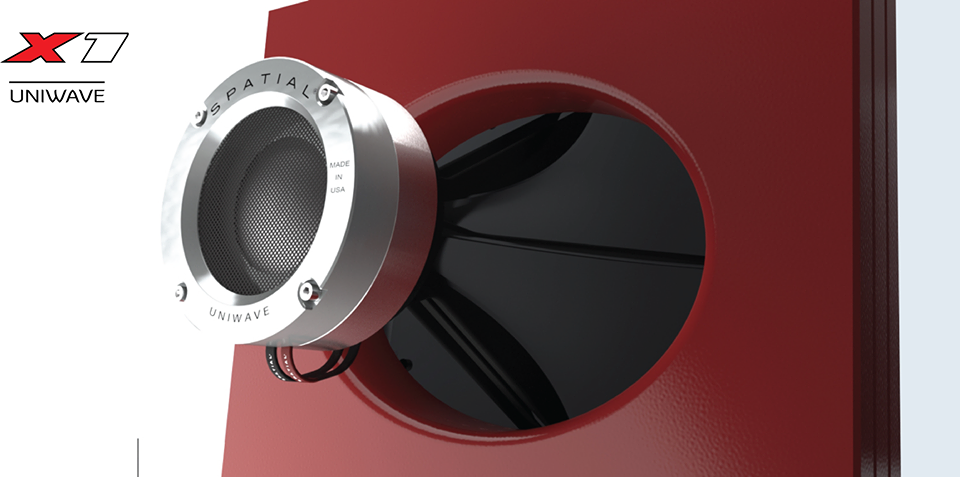
The rearcap-less Radian in that loudspeaker is operated about 200Hz below the XT1464's usable limit. The designer somewhere stated he didn't "notice" any flaws in crossing that low...
It's telling that specific loudspeaker model was only available for a short period. Perhaps due to piling up of warranty claims because of blown Berrylium diaphragms?
😀
in what way where these BE diaphragms blown? mechanical stress fractures or burnt coils (or both)?
The blown Be diaphragms were just a joke / hypothesis, it is unlikely to happen in a home environment.
Back in the day, Be diaphragms were blown regularly (poisoning everyone near the horn mouth), mainly due to poor sound system / FOH management, or other forms of abuse.
The diaphragms literally cracked, so indeed: mechanically.
Example of a cracked "cheap" aftermarket Be diaphragm. I believe this one was damaged during shipment.
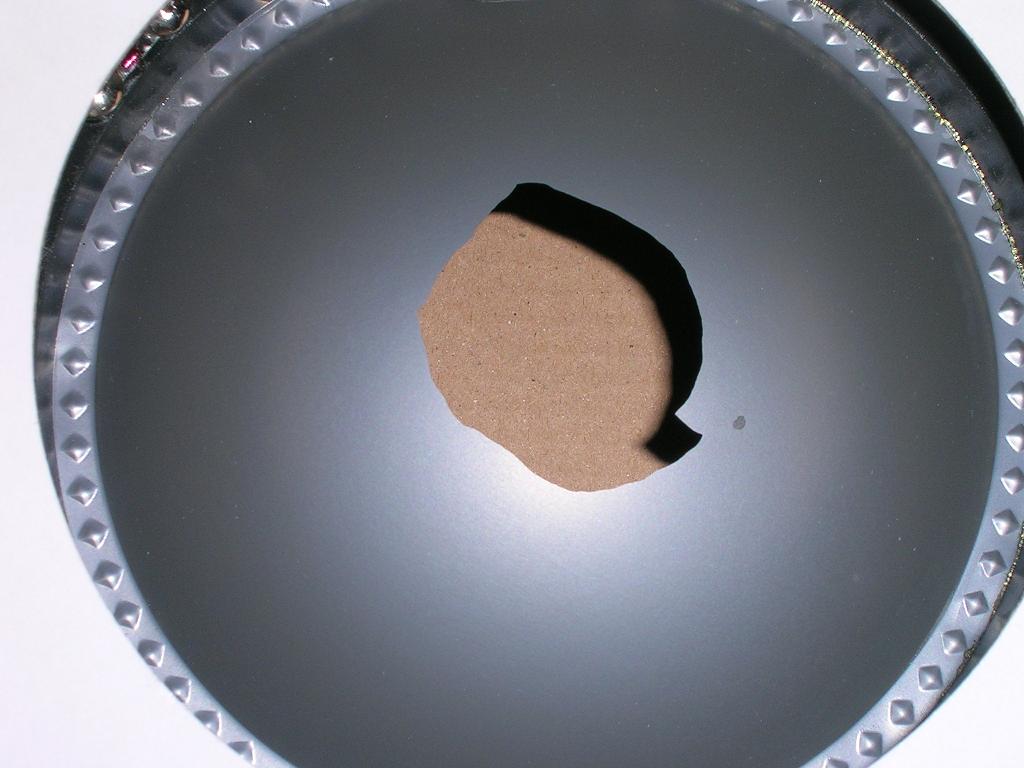
Back in the day, Be diaphragms were blown regularly (poisoning everyone near the horn mouth), mainly due to poor sound system / FOH management, or other forms of abuse.
The diaphragms literally cracked, so indeed: mechanically.
Example of a cracked "cheap" aftermarket Be diaphragm. I believe this one was damaged during shipment.
Last edited:
The rearcap-less Radian in that loudspeaker is operated about 200Hz below the XT1464's usable limit. The designer somewhere stated he didn't "notice" any flaws in crossing that low...
It's telling that specific loudspeaker model was only available for a short period. Perhaps due to piling up of warranty claims because of blown Berrylium diaphragms?
😀
Its unfortunate that these types of things can't me modeled. Looking at the Strauss, another situation with a seemingly unrealistic cross over, not as low as 300hz but close. Maybe they figured out the dynamic limit and capped it.
Its unfortunate that these types of things can't me modeled. Looking at the Strauss, another situation with a seemingly unrealistic cross over, not as low as 300hz but close. Maybe they figured out the dynamic limit and capped it.
Strauss presumably used some smart (crossover) tricks. One clue is the lower sensitivity of his MF2.2 compared to its predecessor. For the latter, the big old Sony SUP-T11 was used, which features a generous exit section, whereas the comp. driver in the .2 is pancake-like.
Pancake drivers (phase plugs near the exit) are likely to combine better with the rather short horn path and approx. 25° entrance angle of the 2380 (a). However, loading should theoretically suffer.
Speaking of loading, I'll post a paper on this topic tomorrow.
Oh no, there we go again...
Last edited:
Well, I guess I could of picked something worse than the Axi2050, theres a chance that its extension is beyond that of the BE.
The Sony SUP T-11 - Alu dia molded to a Titanium surround - went out to 24k without nasty breakup artefacts. Later, an improved version of the T-11 was introduced, which was even better.
Nowadays GT-Sound sells their own, much improved driver, based on the SUP T-11. Only $8000 each.
Check their website, which they have finally updated as well.
Nowadays GT-Sound sells their own, much improved driver, based on the SUP T-11. Only $8000 each.
Check their website, which they have finally updated as well.
- Home
- Loudspeakers
- Multi-Way
- Is it possible to cover the whole spectrum, high SPL, low distortion with a 2-way?
